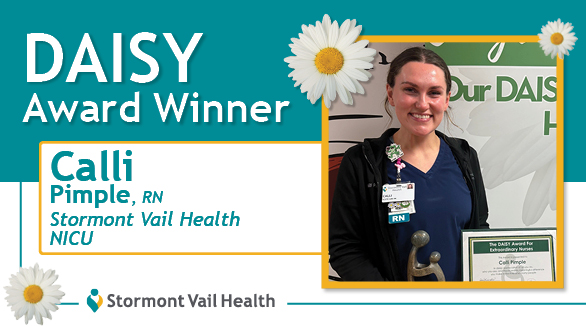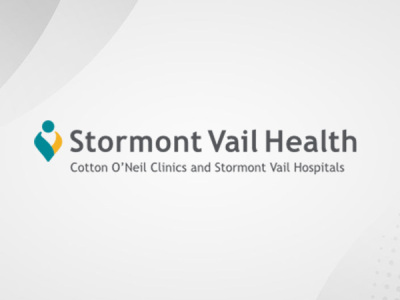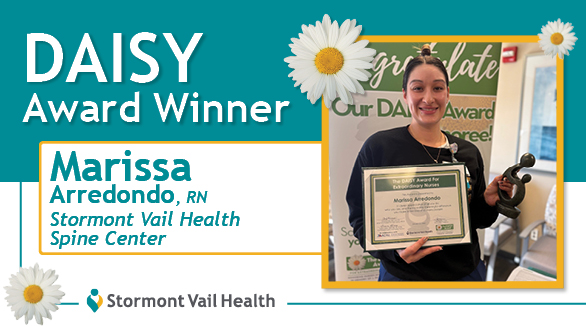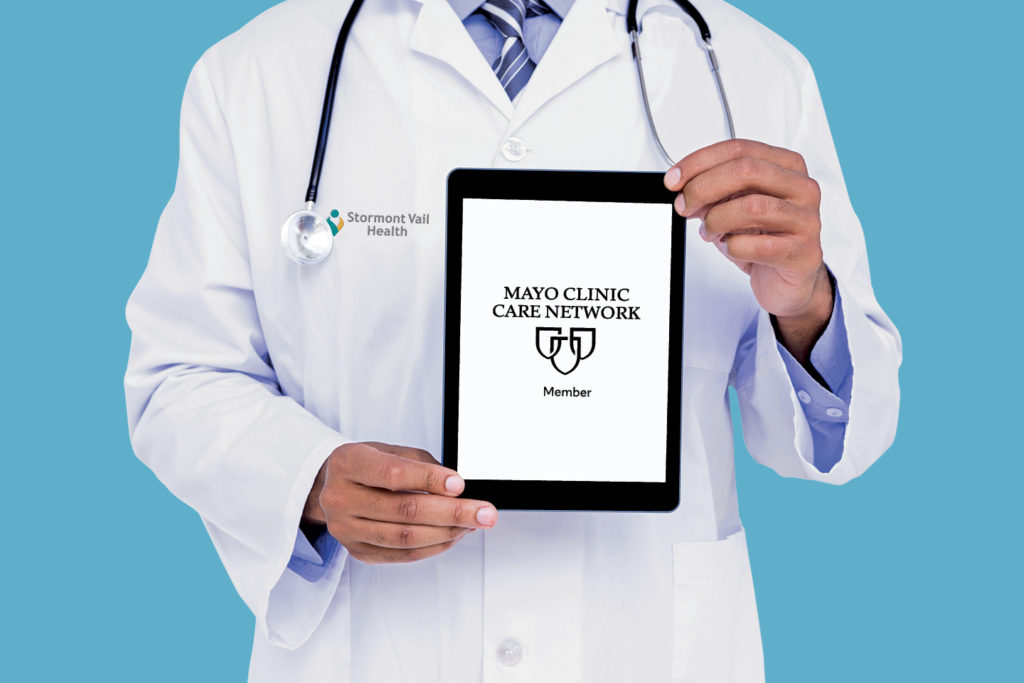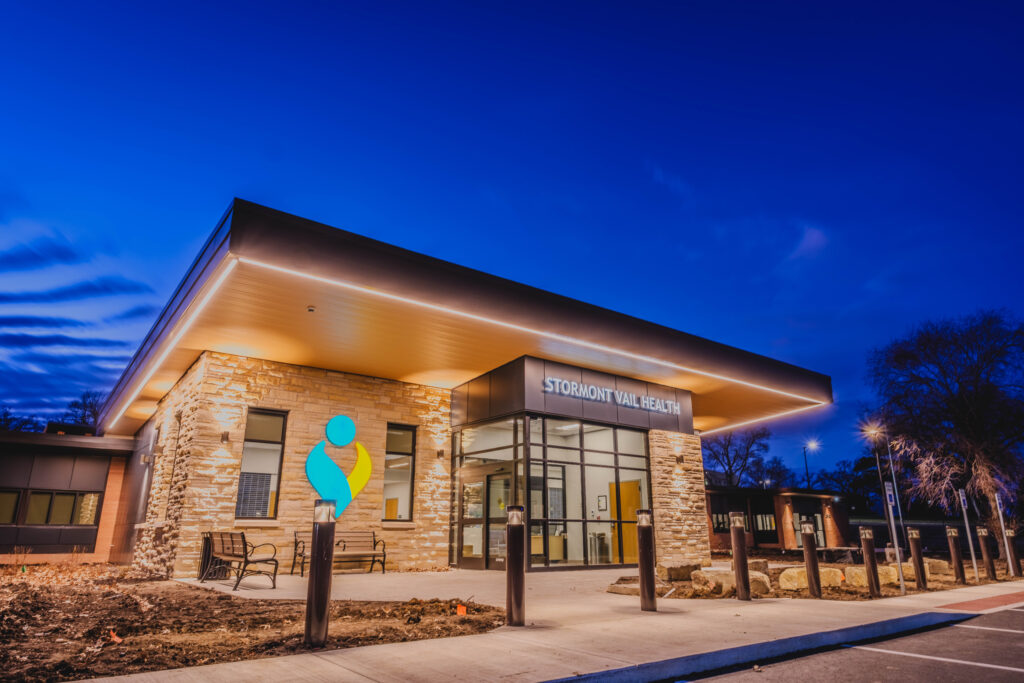Newsworthy
Barriers of Healthcare: How Stormont Vail Improves Access for Low-Income Patients
Social determinants of health are the circumstances in which people are born, grow, live, work, and age that shape health. They refer to a person’s ability to access basic needs such as:
- Housing
- Nutrition
- Education
- Social support
- Healthcare services
These factors, as well as genetics, lifestyle, policies, systems, and environments can negatively affect health equity on the personal and community level.
The mission of Stormont Vail Health is “working together to improve the health of the community.” We do our part by studying how various barriers limit access to healthcare. In Shawnee County, the most common obstacles include:
- Income
- Racial bias
- Food insecurity
- Access to transportation
Of course, addressing social determinants of health is a complex, challenging, and long-term process. Additionally, it calls for cross-organizational cooperation to create a collective framework. However, we’re hopeful that We Together will eventually make a difference.
This article is part of a four-part series on specific factors that limit access to healthcare in many people in Shawnee County. This post explores how income disparities affect county residents and how Stormont Vail strives to help individuals receive quality care regardless of income.
How Income Limits Access to Healthcare
Access to care is the foundation of better outcomes. Unfortunately, healthcare is often limited to people with higher incomes due to soaring costs. In many cases, income and cost creates barriers to care for lower-income earners, even if they have employment and insurance.
According to data from the Commonwealth Fund, 50% of low-income adults skipped care because of cost (compared to 27% of high-income earners). In a separate poll compiled with NBC News, 31% of adults between 18 and 35 said they or a family member deferred care to avoid a costly medical bill.
Furthermore, 30% of respondents reported lower health for themselves or their family due to skipping care. Sadly, many people forgo care until it’s no longer possible. Naturally, this can lead to even greater medical costs for individuals and health systems.
How Stormont Vail Health Improves Access to Healthcare for Low-Income Patients
The Stormont Vail Financial Assistance Program is available to patients who are financially unable to pay for emergency or other medically necessary care. We do not charge eligible patients more for emergency or other medically necessary care than the amounts generally charged to patients with insurance coverage.
To learn more about our financial assistance program, or to ask questions, call (785) 354-1150 or email [email protected]. Para Español (833) 692-3054.
HealthAccess
Although many residents of Topeka and Shawnee County have health insurance and reliable access to medical care, over 10,000 Shawnee County residents do not.
Helping these patients find timely medical care helps avoid emergency room visits and job disruptions, leading to healthier workforces and communities.
Stormont Vail works with Shawnee County Health Department to assist low-income, uninsured individuals who don’t qualify for Medicaid. HealthAccess provides comprehensive healthcare services such as:
- Primary care
- Medications
- Dental
- Hospital care
- Medication assistance
Often, those without health insurance work in one or more low-wage jobs without health benefits. Or they earn too much to qualify for programs like Medicaid but not enough to afford health insurance and still meet other essential needs such as food, clothing, and housing.
To qualify for HealthAccess, patients must:
- Live in Shawnee County
- Not have insurance or qualify for benefit programs like Medicare of Medicaid
- Have a total family income below 150% of the Federal Poverty Guidelines
- Biannual re-enrollment and proof of income required
Referrals can be made from the emergency room, case managers, social workers, local agencies, or they can self-refer and submit an application at any time.
LINK Program
The Listening, Identifying, Navigating, and Keeping Program is a multi-organizational collaboration between Stormont Vail and other community partners to assist low-income, uninsured Shawnee County residents.
LINK offers community support navigators who coordinate resources to overcome barriers hindering access to healthcare such as income and transportation. These advocates begin with a survey to address specific determinants of health.
Based on survey results, a caseworker may connect a patient with prescription assistance through the HealthAccess program. Then, they may refer the patient to one of Stormont Vail’s social workers.
After reviewing the patient’s survey responses and conducting an enhanced risk assessment, social workers refer eligible patients to Valeo Behavioral Health Care Community Support Navigators.
Valeo’s Navigators help patients set goals, find support, and access local resources. Patients also have access to nutritionally appropriate food provided by Harvesters, and health coaching provided by Washburn University nursing students.
Request a Price Estimate
Estimates for potential hospital charges are available online. Patients can visit MyChart to find estimates for Stormont Vail’s most frequently performed procedures.
The more details patients provide about their procedure, the better estimate we can provide. If possible, patients should acquire procedure or current procedural terminology codes from their ordering physician for the best estimate.
Certified Nursing Assistant (CNA) Program
Students from low-income families have a higher risk of dropping out of school than their middle- and higher-income counterparts. In Shawnee County, 20% of children (persons under 18) live below the poverty line.
These students face many unique challenges that increase their likelihood of dropping out of school. For example, they may incur excessive absences from working late hours while supporting or caring for a family member.
Together with the Topeka Center for Advanced Learning & Careers, Stormont Vail offers the Certified Nursing Assistant Program. This initiative gives high school students interested in the healthcare field hands-on experience so they have a better idea of their career options and preferences. Students can also take pharmacy, physical therapy, respiratory therapy, and phlebotomy training.
Ultimately, we want to help at-risk youth find more than a job, but a career that will support their overall wellbeing. In turn, this initiative builds and supports a diverse workforce reflective of the communities we serve – something our communities have asked for.
Improving Access to Healthcare Benefits Everyone
Social determinants of health interconnect. When one need goes unmet, additional problems can arise in other areas, further limiting access to healthcare. For this reason, policymakers in healthcare and leadership should address changes that capture multiple social determinants of health.
Addressing the social determinants and barriers to community health is complex, and change will take time. These efforts require us to look beyond individual or organizational strategies and priorities to build a cooperative framework addressing ongoing inequities to create greater equity both now and in the future.
Sources
- American Hospital Association. (2017). Social determinants of health series: Transportation and the role of hospitals | AHA. American Hospital Association. https://www.aha.org/ahahret-guides/2017-11-15-social-determinants-health-series-transportation-and-role-hospitals
- Census profile: Topeka Public Schools Unified School District 501, KS. (n.d.). Census Reporter. https://censusreporter.org/profiles/97000US2012260-topeka-public-schools-unified-school-district-501-ks/
- (2021, February 1). Top Social Determinants of Health Barring Patient Care Access. PatientEngagementHIT. https://patientengagementhit.com/news/top-social-determinants-of-health-barring-patient-care-access
